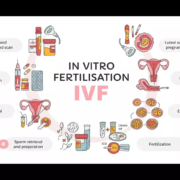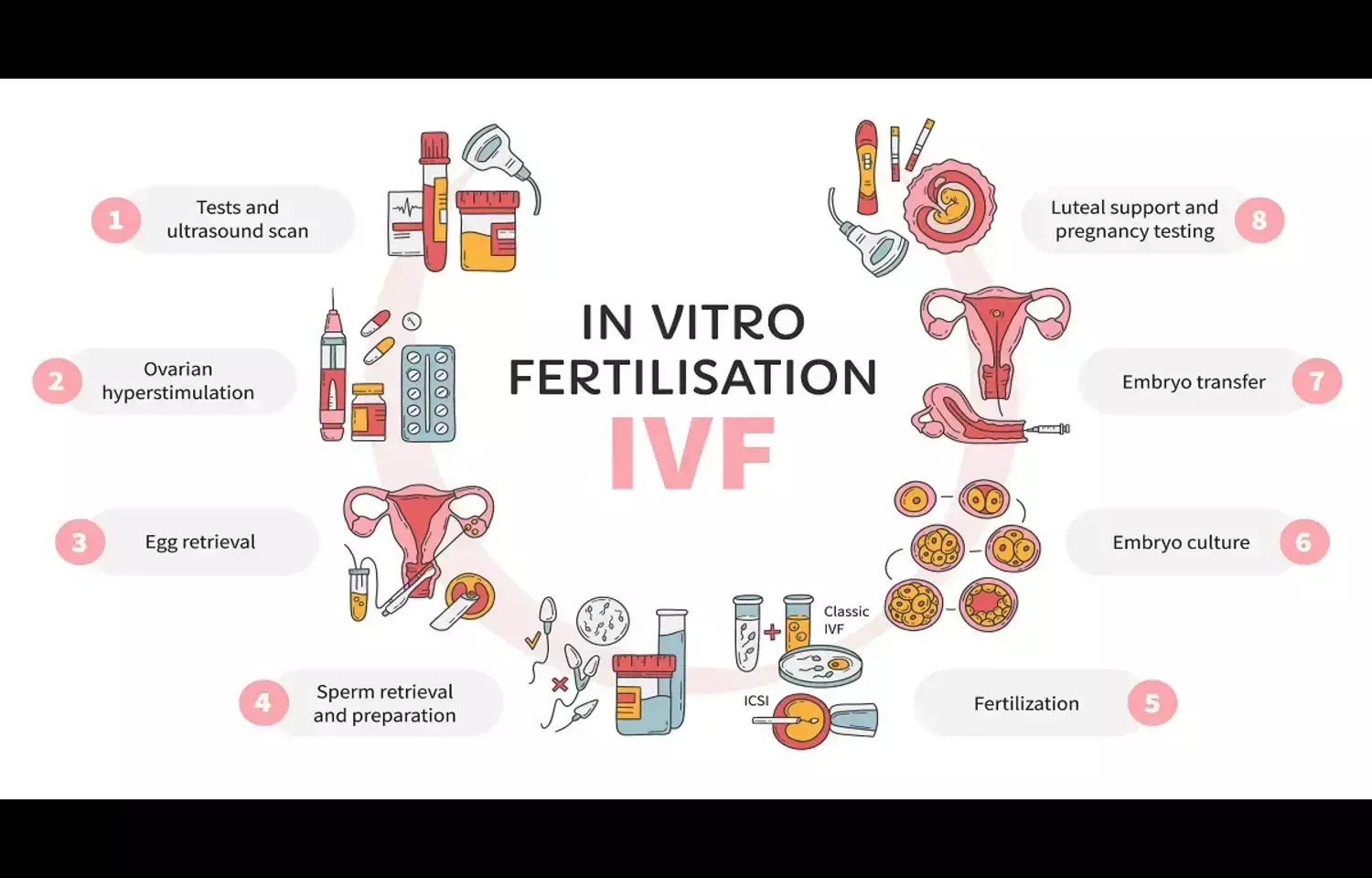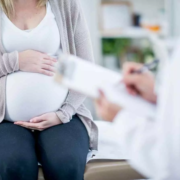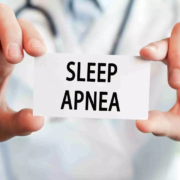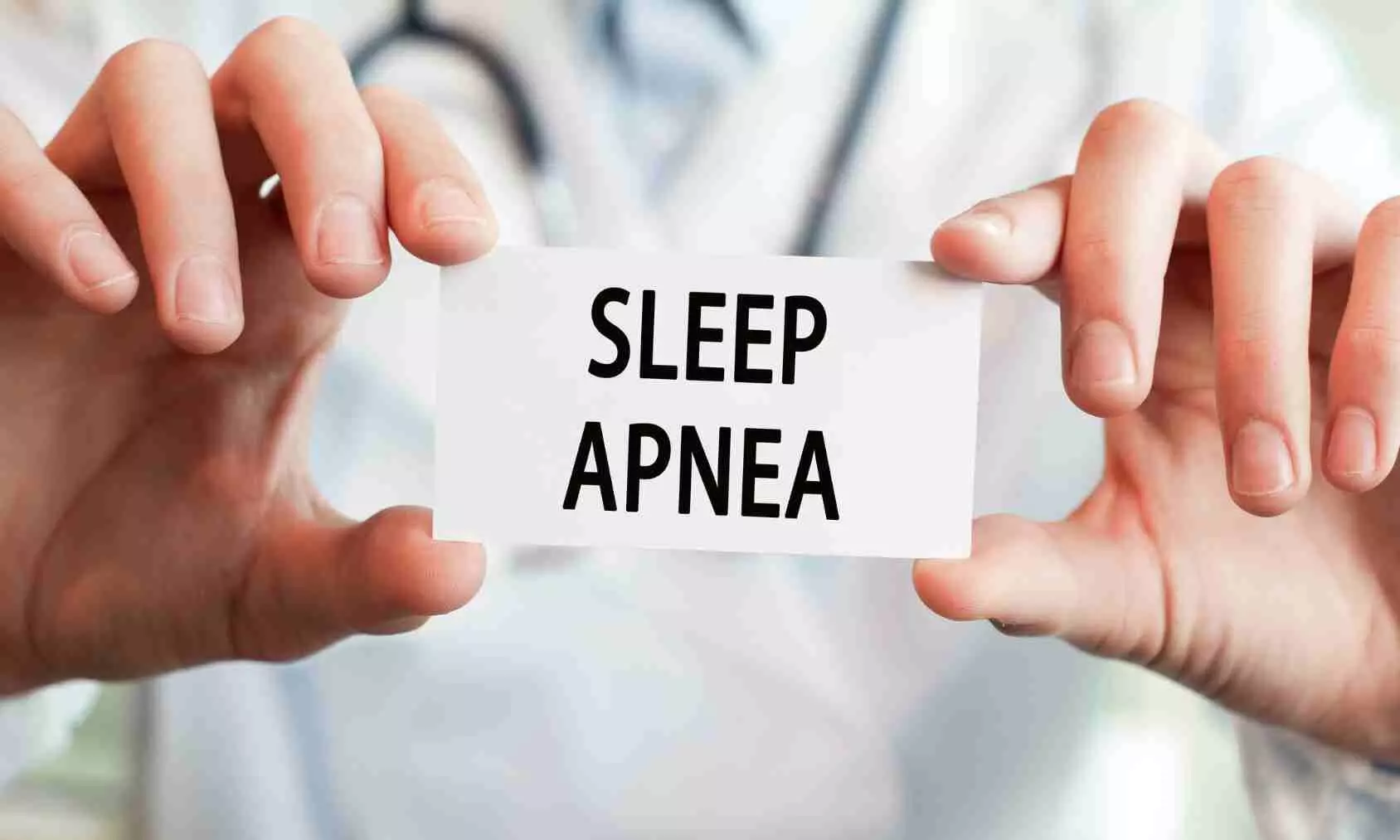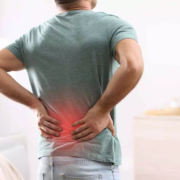Health Ministry Bans 34 Key Antibiotics, Antivirals for Animal Use, See List

New Delhi: Through a recent Gazette notification, the Ministry of Health and Family Welfare has notified a ban on the import, manufacture, sale, and distribution of several classes of antimicrobials for animal use, including 15 antibiotics such as carbapenems, ceftobiprole, ceftaroline, glycopeptides and oxazolidinones, 18 antivirals such as favipiravir, molnupiravir, oseltamivir, ribavirin and zanamivir and others and one antiprotozoal, nitazoxanide.
The decision, published in the Gazette of India (S.O. 4338(E)), was taken under sections 10A and 26A of the Drugs and Cosmetics Act, 1940.
The move follows a draft notification issued on May 22, 2025, which invited objections and suggestions from stakeholders. As no objections were received and safer veterinary alternatives are available, the government finalized the prohibition in consultation with the Drugs Technical Advisory Board.
According to Section 10A of the Act, “Power of Central Government to prohibit import of drugs and cosmetics in public interest.— Without prejudice to any other provision contained in this Chapter, if the Central Government is satisfied that the use of any drug or cosmetic is likely to involve any risk to human beings or animals or that any drug does not have the therapeutic value claimed for it or contains ingredients and in such quantity for which there is no therapeutic justification and that in the public interest it is necessary or expedient so to do then, that Government may, by notification in the Official Gazette, prohibit the import of such drug or cosmetic.”
Similarly, Section 26A of the Act states, “Power of Central Government to prohibit manufacture, etc., of drug and cosmetic in public interest.—Without prejudice to any other provision contained in this Chapter, if the Central Government is satisfied, that the use of any drug or cosmetic is likely to involve any risk to human beings or animals or that any drug does not have the therapeutic value claimed or purported to be claimed for it or contains ingredients and in such quantity for which there is no therapeutic justification and that in the public interest it is necessary or expedient so to do, then, that Government may, by notification in the Official Gazette, [regulate, restrict or prohibit] the manufacture, sale or distribution of such drug or cosmetic.”
Relying on these provisions, and noting that “no objections and suggestions were received from the public on the said rules” and “safer alternatives to the said drugs for animal use are available,” the Centre concluded that it was in public interest to prohibit the use of several categories of antimicrobials for animals.
The Gazette notification finally declared:
“The Central Government is satisfied that it is necessary and expedient in the public interest to prohibit the import, manufacture, sale, and distribution of any antimicrobial medicinal products for animal use as specified in this notification;Now, therefore in exercise of the powers conferred by sections 10A & 26A of the Drugs and Cosmetics Act, 1940 (23 of 1940), after consultation with the Drugs Technical Advisory Board, the Central Government hereby prohibit the import, manufacture, sale and distribution of the following antimicrobials and group of such antimicrobials and their formulations for animal use namely: –1. Antibioticsi. Ureidopenicillinsii. Ceftobiproleiii. Ceftarolineiv. Siderophore cephalosporinsv. Carbapenemsvi. Penemsvii. Monobactamsviii. Glycopeptidesix. Lipopeptidesx. Oxazolidinonesxi. Fidaxomicinxii. Plazomicinxiii. Glycylcyclinesxiv. Eravacyclinexv. Omadacycline2. Antiviralsi. Amantadineii. Baloxavir marboxiliii. Celgosiviriv. Favipiravirv. Galidesivirvi. Lactimidomycinvii. Laninamivirviii. Methisazone/ Metisazoneix. Molnupiravirx. Nitazoxanidexi. Oseltamivirxii. Peramivirxiii. Ribavirinxiv. Rimantadinexv. Tizoxanidexvi. Triazavirinxvii. Umifenovirxviii. Zanamivir3. AntiprotozoalsNitazoxanide
To view the official notice, click the link below:
Powered by WPeMatico


